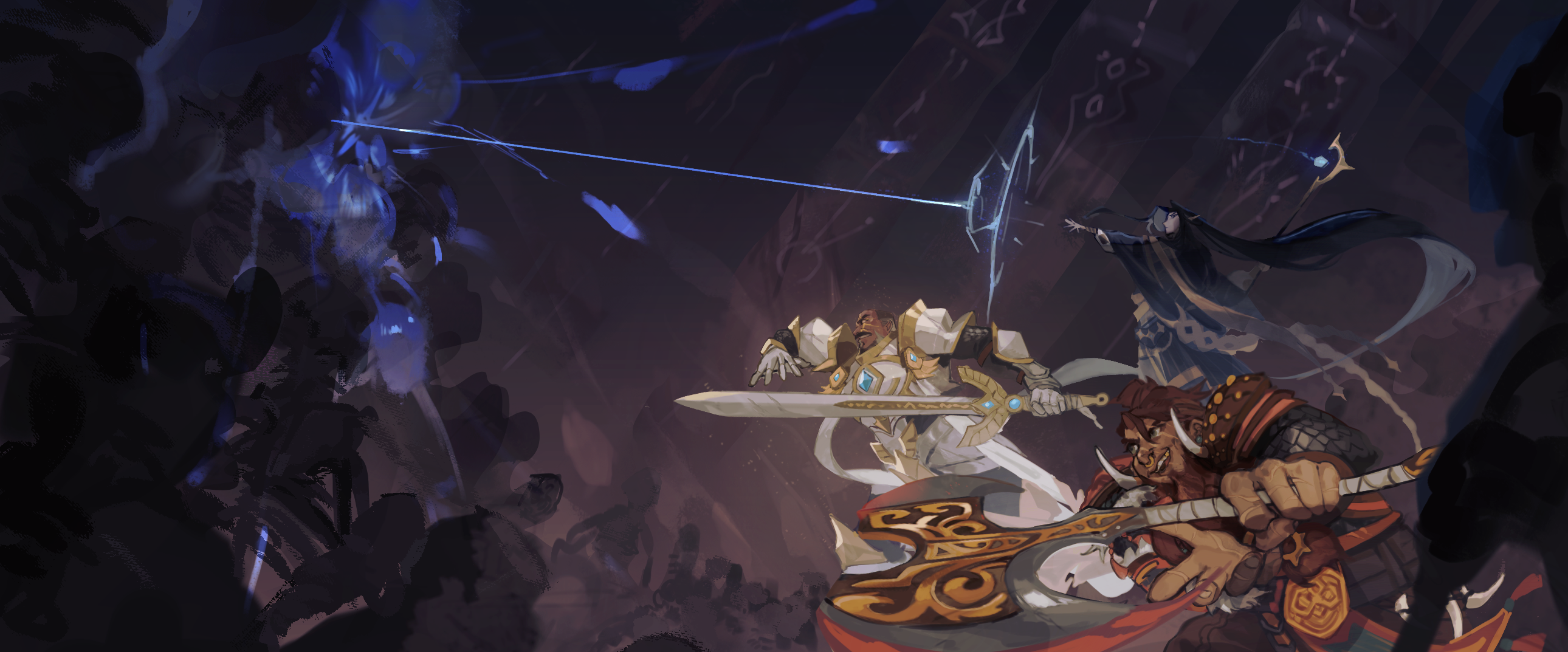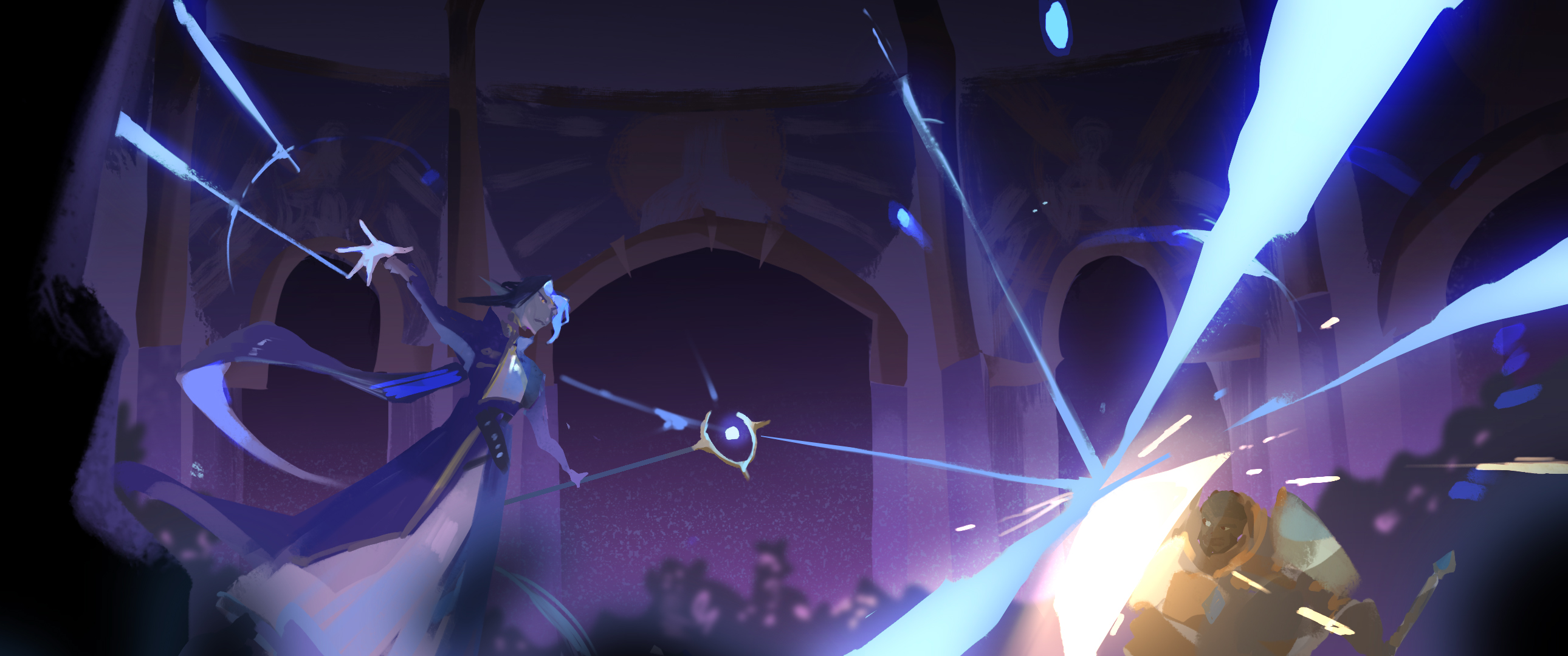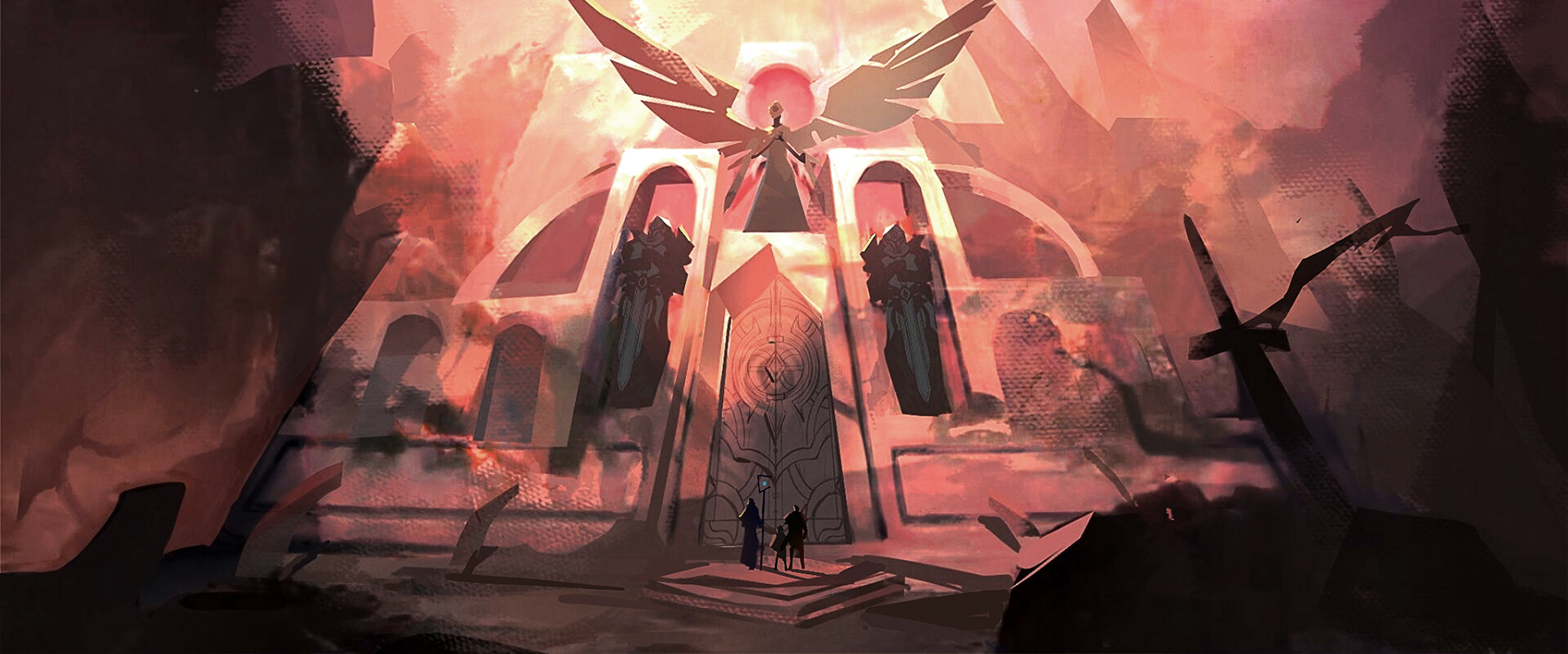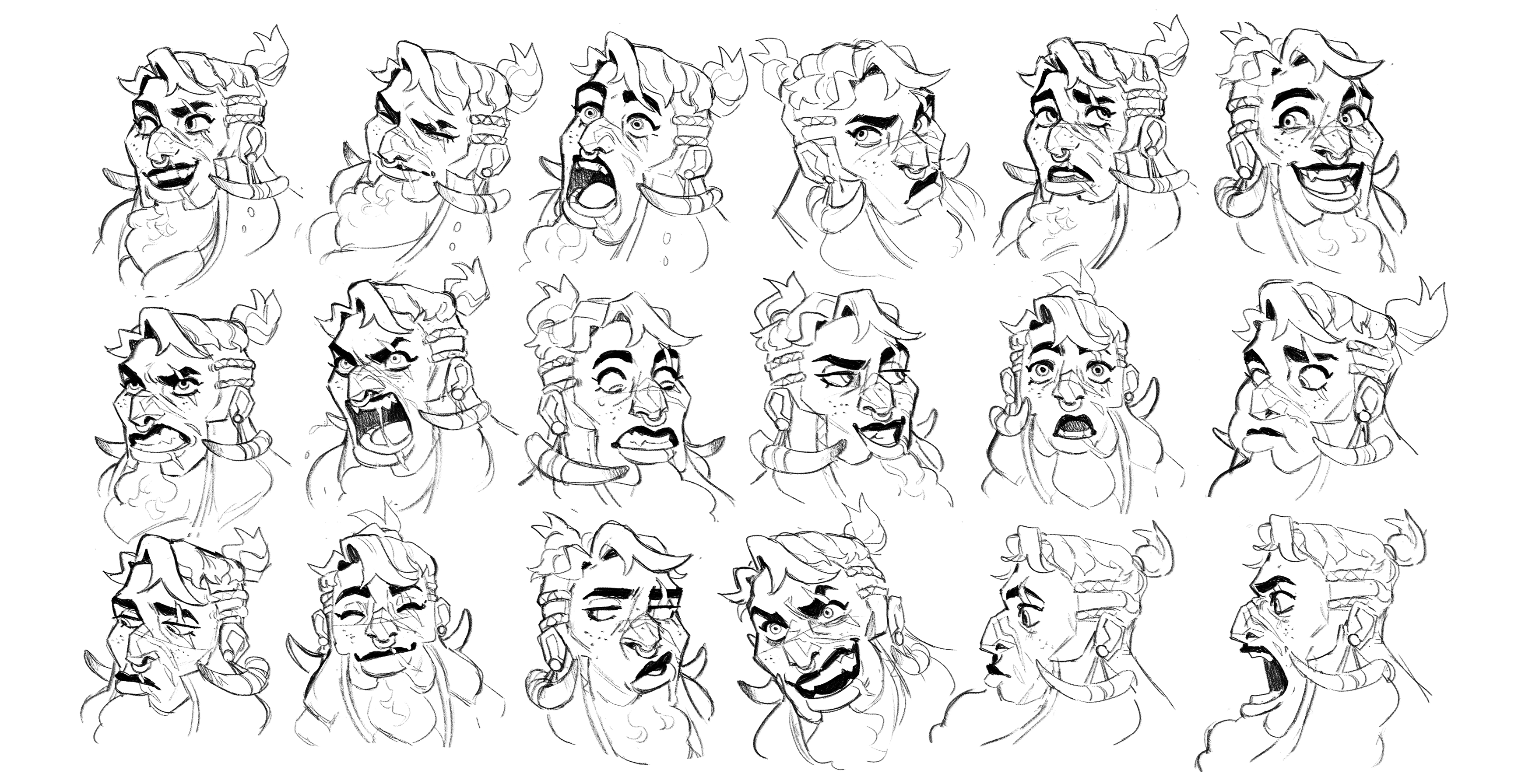
SCAD Animation Studios' latest student project, The Last Dungeon, is different. The team, made up of student's from The Savannah College of Art and Design, were challenged to use Unreal Engine 5. For a team used to more familiar 3D apps, like 3ds Max or Blender, using a game engine to create an animated film was a challenge.
Every year SCAD selects a number of students to create a short animated film and this is the first time Epic Games' platform has been chosen as the 'challenge'. This is a sign of times, as Unreal Engine 5 is becoming a tool for filmmaking and animation as much as video games. (Read our guide, 'Unreal Engine 5: all you need to know' for more.)
The creative team behind The Last Dungeon are Ash Brock, visual effects supervisor; Kate Meine, technical director; Andrew Nelson, producer; and director Alex Young. Before attempting this animated short they'd had little-to-no experience of using Unreal Engine 5, and really, that was the point of the challenge. I caught up with them at SCAD Animation Fest, where I discovered the team bonded over the common goal of understanding this real time engine.


Rather than shy away from the video game background of Unreal, the four students embraced it. The film follows a traditional fantasy game party of a paladin, a wizard, and a dwarf on a quest to a confront a corrupted wizard; The Last Dungeon is D&D and World of Warcraft with a nod to Riot Games' Arkane, a beautifully paired-back and painterly stylistic approach.
The impressive creative approach to The Last Dungeon is matched by the team's technical challenge. Director Alex Young, explains, "previous projects [challenged students] to use Katana volumetric lighting for 2D animation, and ours was executing the film in Unreal Engine".
The team had to tackle this challenge head-on. Unreal Engine 5 brought a new instantaneous workflow to animation, that set it apart from traditional animation software, and tested the team's skills, but this also a number of advantages. Visual effects supervisor Ash Brock tells me, "Having that real-time feedback for lighting was not something that I was used to coming from Maya".


Unreal Engine 5's Lumen real-time lighting is a feature that really impressed the team, particularly for technical director Kate Meine, says, "We could see how materials interact with light, like immediately when you brought them into the scene." This real-time feedback was invaluable for the group, enabling them to make quick adjustments and improvements, which is often a challenging task in traditional animation software.
There was also a new-found freedom to use Unreal Engine 5, particularly for director Young, who was focused on telling the story of The Last Dungeon, and creating the lore, concepts and storyboards.
Young tells me how using the game engine enabled her to experiment with different shots, see results as they happened and adopt an almost "live-action film production" flow. The director jokes how when using Maya she'd, "look over their shoulder as they're making things and it is a world that I do not understand," but in Unreal she could grasp the sense of a scene immediatly.
"From a cinematography standpoint, I loved being able to play with the cameras and see how the light can change a scene, it's different in Maya, you know, everything's grey and sad at the same time," she explains, adding: "I could move the cameras, I could try a different lens, I could play with the setup of the shot in a way that a live-action director on set has that same freedom to do; that was a really powerful tool for improving some of our shots a little bit later in the pipeline."
This creative flexibility enhanced the overall quality of the shots and added depth to the animation. But as Young explains what, to her, was a new creative freedom, the team glance at one another and laugh. The freedom Unreal Engine 5 enabled, perhaps added to the workload. Clearly, though, working closely together over eight weeks of pre-production and a 72 hour crunch to complete the film has brought them closer, the team often finish each other's sentences; they clearly bonded during production.
While Unreal Engine 5 brought lots of advantages, it was not without its challenges. The students mention difficulties in importing animation and occasional issues with files disappearing. Producer Andrew Nelson suggests, "we should have started in Unreal first," highlighting the initial learning curve they faced.
However, visual effects supervisor Ash Brock says these challenges weren't insurmountable, and Epic Games' were always on call to help and support. Despite some hurdles, the student team at SCAD Animation Studios remains enthusiastic about the potential of Unreal Engine 5.


Having taken up the challenge the gang are keen to use Unreal Engine 5 for more projects, and are clear the real time engine will have an impact on animation and filmmaking.
Brock is still experimenting with Unreal, and laughs as she calls it "a workhorse," especially when it comes to "playing around with the animation tools involving MetaHumans," she smiles, clearly having fun with the trial and error of using something new. "I can definitely see Unreal becoming bigger and bigger and bigger," she says.
Young has already taken part in another SCAD project using Unreal Engine 5, emphasising the importance of staying updated and adaptable with changing technologies. "It was a great opportunity to just get more time in the engine," she tells me.

Above all though, I get a sense of closeness with this team; something that has come from a group challenge and the need to explore a new software together. Throughout our chat they laugh and tease one another, and it's a joy to see. They emphasise the importance of building relationships within the industry, and they all nod and together tell me how look forward to meeting up at events.
Brock smiles, and says, "I like how we run into each other at SIGGRAPH and catch up". These friendships and professional connections will undoubtedly play a pivotal role in their careers.
If you want to learn more about Unreal, read our Unreal Engine 5 review. Visit the SCAD website to discover more about this college and its professional courses that cover animation, filmmaking, fine arts, acting, and more. As I discovered when I visited SCAD, the college even has its own Unreal Engine LED Volume stage.







